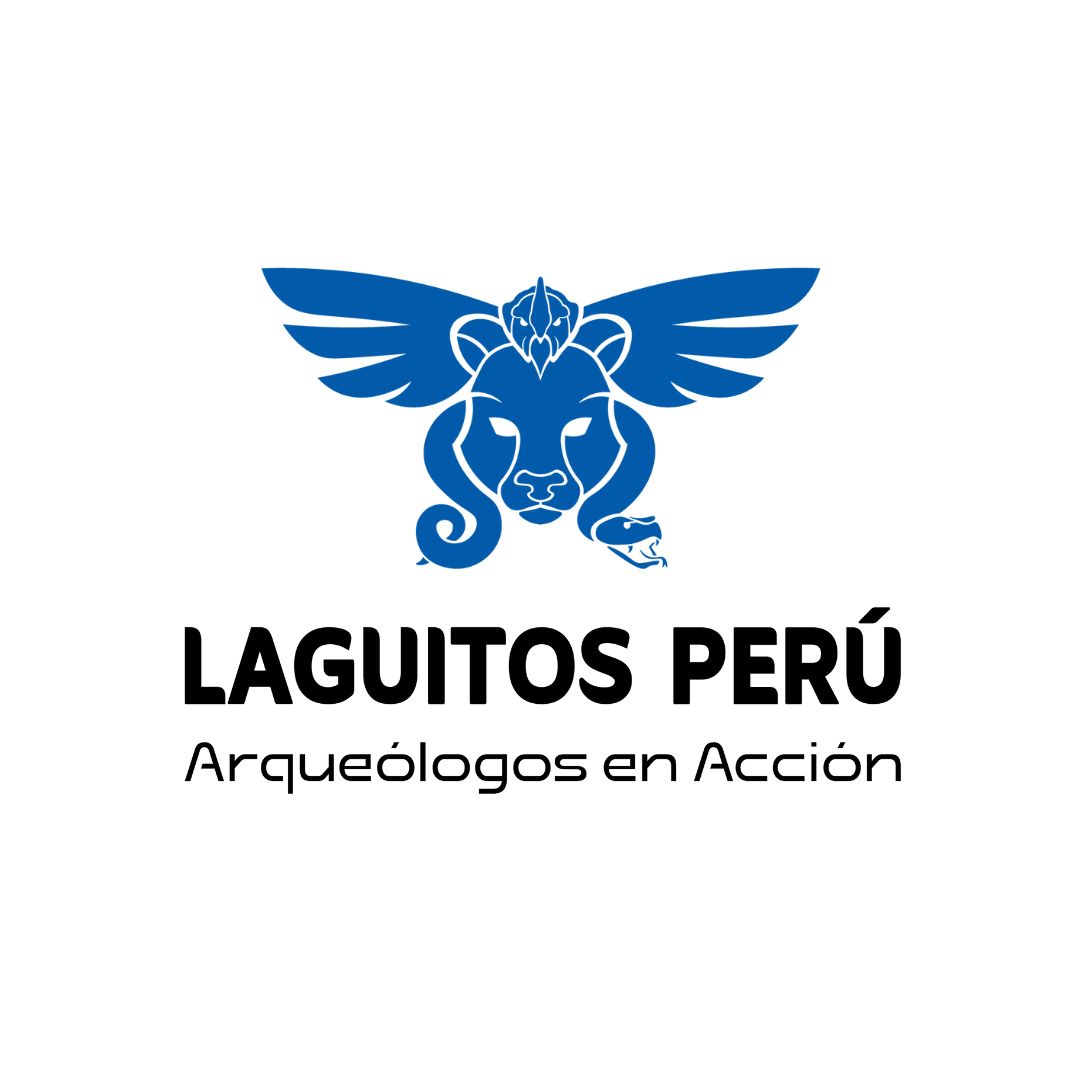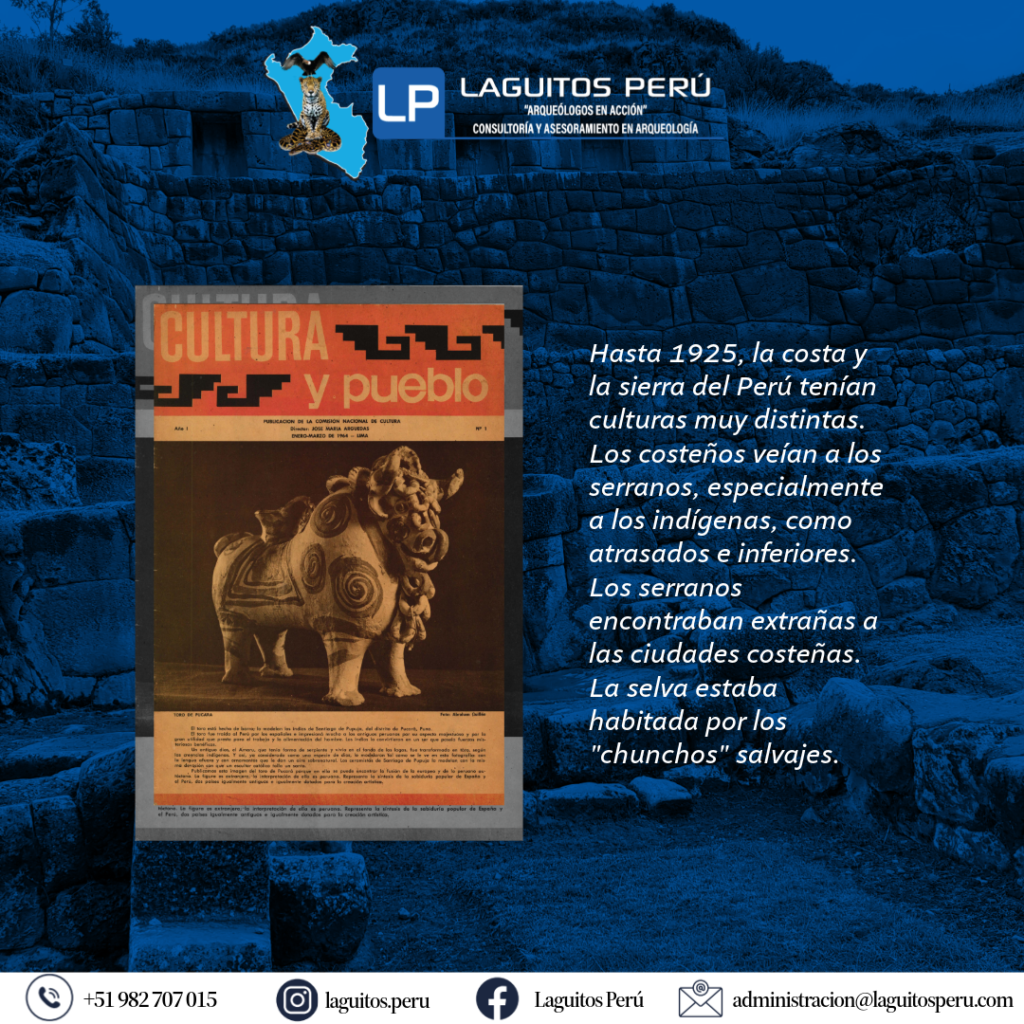
Laguitos Peru Publications
The book “Culture and People” seeks to bring the Peruvian people closer to their culture and roots. Its focus is on bringing archaeological information and knowledge about ancestral wisdom to historically marginalized groups.
The premise is that access to culture is a right that will allow for the appreciation of one’s own heritage. It emphasizes the importance of disseminating cultural discoveries and identity among farmers, workers, and slum dwellers to strengthen social awareness. This will give them the tools to demand improvements in their living conditions.
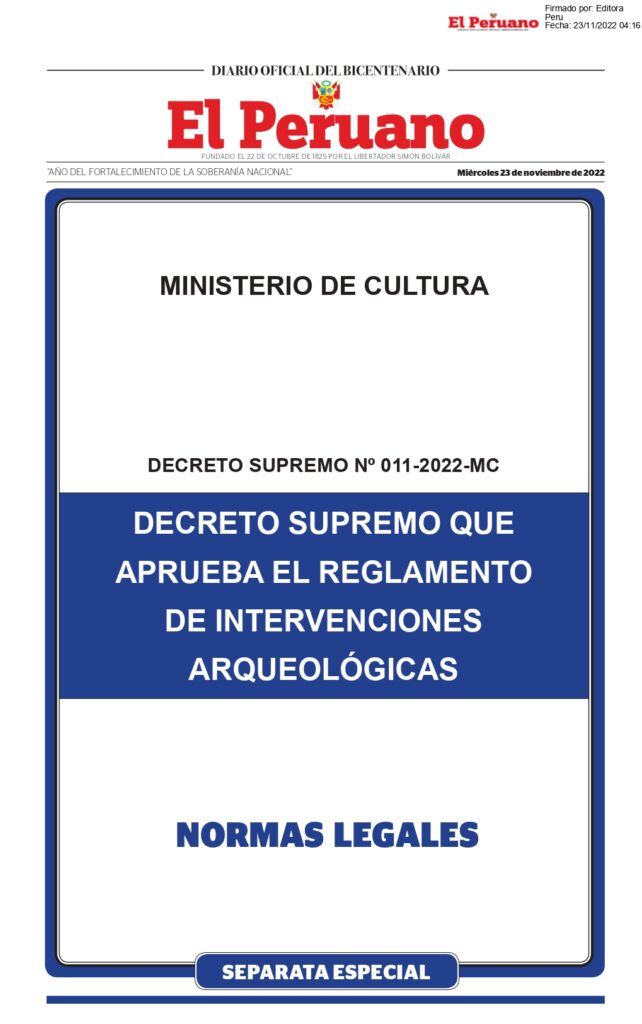
RIA: The Guide to Archaeological Interventions in Peru
The Archaeological Intervention Regulation (RIA) is the key regulation that governs all technical and administrative aspects related to archaeological work carried out in Peru. Approved by the Ministry of Culture, it establishes the guidelines that archaeologists, companies, and entities must follow when carrying out interventions in their various forms.
What does the RIA cover? This regulation details the requirements and procedures for obtaining the Certification of Nonexistence of Archaeological Remains (CIRAS) in a specific area. It also regulates the management, registration, and conservation of discovered movable and immovable archaeological materials. It also includes guidelines for requesting the export of samples for scientific research purposes.
Compliance with the RIA is mandatory for any construction, mining, agricultural, or other activity that may impact the national archaeological heritage. Following its provisions ensures that historical remains are properly identified, preserved, and studied by trained professionals.
Download the publication
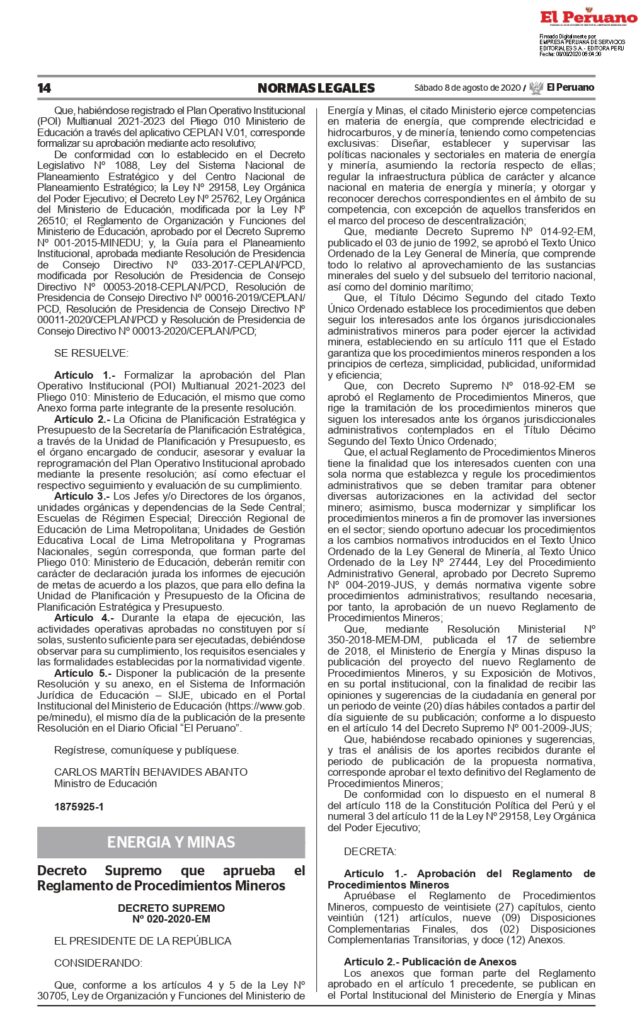
Art. 99 Authorization of automatic approval exploration activities
This procedure is applicable when the General Directorate of Mining or the Regional Government determines that the exploration project’s area of influence is not within the scope of Law No. 29785 (Law on the Cultural Heritage of the Nation) and its regulations.
To obtain automatic approval, the applicant must submit several requirements, including the Certification of Non-Existence of Archaeological Remains (CIRA) or the Archaeological Monitoring Plan (PMA), as appropriate.
The importance of the CIRA and the PMA lies in the need to protect and preserve the nation’s cultural heritage in the face of any mining exploration project. These documents are essential to ensure that archaeological remains or sites of cultural value are not affected during exploration activities.
The presentation of one of these documents is mandatory to obtain automatic approval of the exploration project, as it demonstrates that the necessary precautions have been taken to safeguard the cultural heritage of the area.
Descarga la publicación
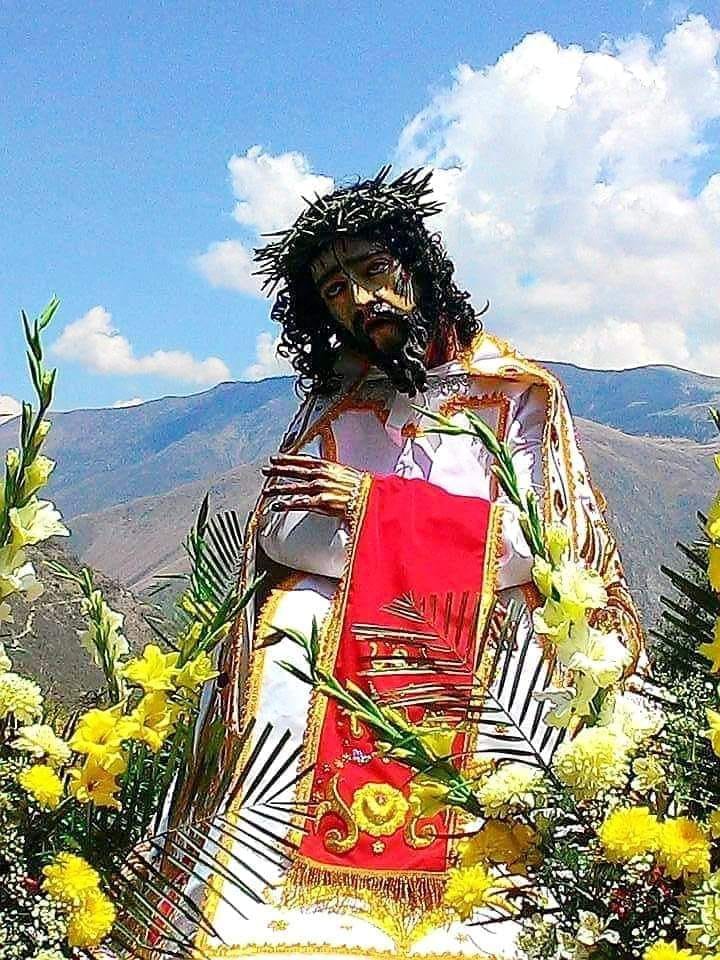
Technical Report: Restoration of the Image "Señor Justo Juez de Illanya"
In 1998, accompanied by a team of restorers from INC-Cusco and Assistants for the Restoration and Conservation of Immovable Archaeological Heritage, led by Mgt. Gladys Lagos Aedo, the restoration of the emblematic image of the Lord of Illanya was carried out.
Treatment proposal:
1. Photographic record before, during, and after the intervention.
2. Stratigraphic sampling for physical and chemical laboratory analysis.
3. Cleaning and removal of material harmful to the sculpture.
4. Consolidation of strata, material behavior.
5. Restoration of the support.
6. Creation of a new plinth and seat in cedar wood, preserving original portions…


